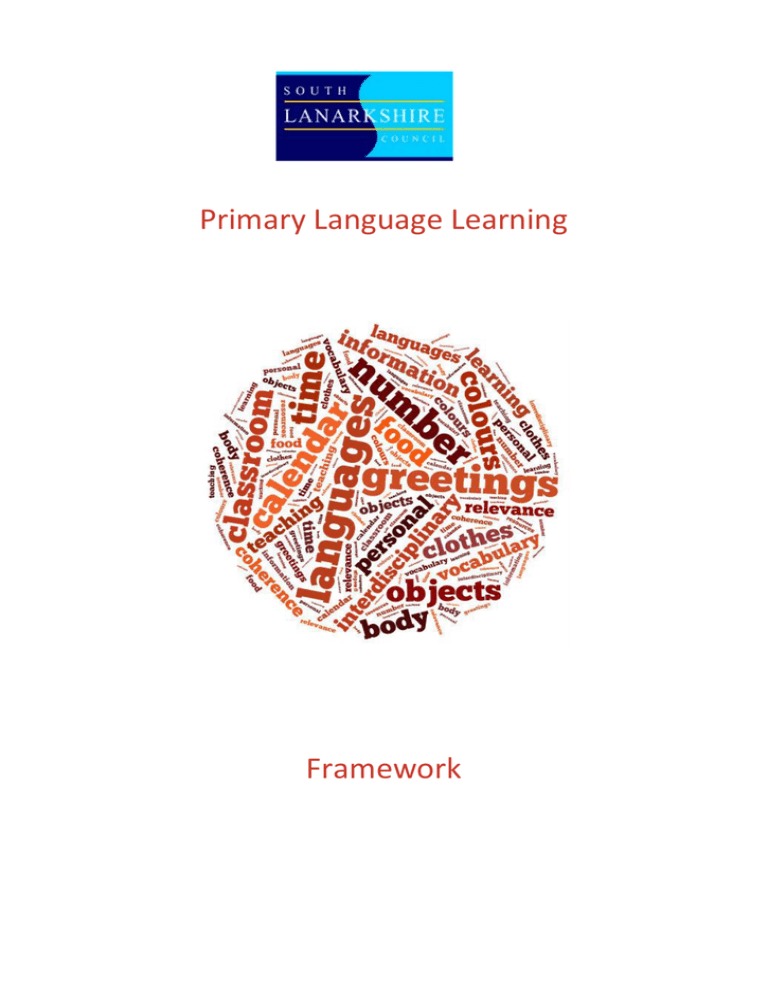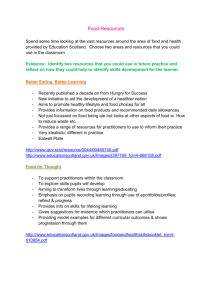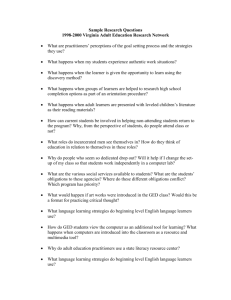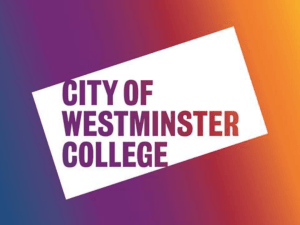Primary Language Learning Framework
advertisement

Primary Language Learning Framework “We will introduce a norm for language learning in schools based on the European Union 1+2 model – that is we will create the conditions in which every child will learn two languages in addition to their own mother tongue. This will be rolled out over two Parliaments, and will create a new model for language acquisition in Scotland.” (Scottish Government manifesto commitment , 2011) Rationale This pack has been produced to support establishments and practitioners as they address the challenges of the Scottish Government’s 1+2 Languages Initiative. There are new and very different expectations in Primary Language Learning in light of the policy and as such all practitioners (trained or not) are now expected to (as part of a whole school approach) attempt to integrate language learning into their classroom routine. This is a significant change in approach and it is important that practitioners are familiar with this. No longer are teachers encouraged to teach language topic by topic; instead they are expected to use everyday opportunities to teach the target language and continue to use this core language at appropriate opportunities throughout the day, encompassing these through other aspects of the curriculum. For example: Greetings - taught initially by the children listening to staff greet them in the target language and when pupils have been exposed to the sounds of the language they can repeat and build up their own vocabulary. Links could be made here to HWB work. Weather - taught through daily routines asking, “What is the weather like?” with links to Numeracy and Science; Numbers - taught when class and teacher are organising school lunches, at mental Maths times etc; Colours – taught through organising school lunches (red tray etc) initially and then perhaps through Expressive Arts and Science opportunities. This approach will therefore not encroach on an already busy Primary Curriculum; rather practitioners will build the teaching and learning of the target language into previously planned experiences for learners via daily routines and other curriculum areas. However, as children progress through school and reach Primary 5 (Second Level for most) there will be an increasing need to teach elements of language discretely. This pack has been produced in order to: support all schools with the teaching of the first additional language (L2) from nursery (where applicable) through to Primary 7; support all teachers in developing capacity and confidence in delivering 1+2 and in teaching an additional language throughout the primary school; ensure effective transition at all stages e.g nursery to primary, transition from stage to stage in primary and from primary to secondary; develop confident and enthusiastic language learners. Within the pack are stage planners from Nursery to Primary 7 showing skills based learning intentions and success criteria for each of the following core language areas: Greetings Number and time Calendar Weather Classroom objects Colours Food Body Clothes Personal Information These are generic and can be used to plan the teaching and learning of any language. In order to further support practitioners and learners, the pack also contains vocabulary lists for each stage and power points with sound files attached for French and Spanish. In addition, you will find plans to support the teaching and learning of cultural awareness in French and Spanish. The planners within the pack are for the teaching of the first additional language (L2) although may also provide some ideas for the second additional language (L3) which should be introduced no later than Primary 5. L3 does not require to be taught with the same depth and progression as L2. It may, for example, form part of the class Interdisciplinary Learning and could be a different language for each class and each year. There should be a focus on cultural awareness as well as the language itself. It should be noted that “one size does not fit all” so we anticipate that this resource will form the basis of professional dialogue within learning communities as they consider how best to address the requirements of 1+2. A key recommendation of the report calls for collegiate working between Primary and Secondary sectors in order to ensure a seamless transition from P7 to S1. Significant aspects of learning in modern languages Teachers and learners will focus on developing the knowledge and understanding, skills, attributes and capabilities detailed in the Experiences and Outcomes. The Experiences and Outcomes in Modern languages are organised within the same three components as Literacy and English, Literacy and Gàidhlig and Gaelic (learners). The three components are: listening and talking reading writing Progression in the significant aspects of learning in Modern Languages will be evidenced as practitioners and children and young people gather, observe and reflect on learners’ progression in knowledge and understanding, skills, attributes and capabilities in: understanding and using a range of vocabulary; understanding and using more complex sentences; understanding and using a variety of spoken language; producing oral responses and talks of greater length, complexity and accuracy; understanding and using a range of texts; deploying a range of reading strategies; producing language for a variety of purposes; producing written language with increasing complexity and accuracy. Skills development The plans demonstrate the progression of skills in listening, talking, reading and writing. It was decided that plans from nursery to Primary 3 would focus mainly on the development of listening and talking skills. However, as with all other curriculum areas, we would expect teachers to use their own professional judgement to determine when learners are ready to explore opportunities to develop their reading and writing skills in the target language. Useful Reading Language Learning in Scotland: A 1+2 Approach: http://www.scotland.gov.uk/Resource/0039/00393435.pdf Modern Languages: Principles and Practice paper: http://www.educationscotland.gov.uk/Images/modern_languages_principles_practice_tcm4539990.pdf Modern Languages Experiences and Outcomes (second level): http://www.educationscotland.gov.uk/Images/modern_languages_experiences_outcomes_tc m4-539713.pdf Assessing progress and achievement in Modern Languages: http://www.educationscotland.gov.uk/Images/ModernLanguages012014_tcm4-744656.pdf Modern languages progression framework: http://www.educationscotland.gov.uk/Images/Modern_Languages_Grid_tcm4-827381.pdf Acknowledgements This pack was produced by: Lorraine Sweeney: Development Officer Kirsty Boyle: Headteacher, Craigbank Primary School Carolyn Brock: Class Teacher, Neilsland Primary School Claire Carroll: Class Teacher, Lanark Primary School Ashleigh Ferrie: Class Teacher, St Cuthberts Primary School Jane Hall: Depute Headteacher, Stonehouse Primary School Pamela Kelly: Principal Teacher, Neilsland Primary School Jillian Ring: Acting Depute Headteacher, Calderwood Primary School Germaine Roberts: Class Teacher, Long Calderwood Primary School Thanks are also given to the South Lanarkshire Council Primary Language Learning Network and to the members of the Stonelaw Learning Community who contributed greatly to support materials within the pack.





